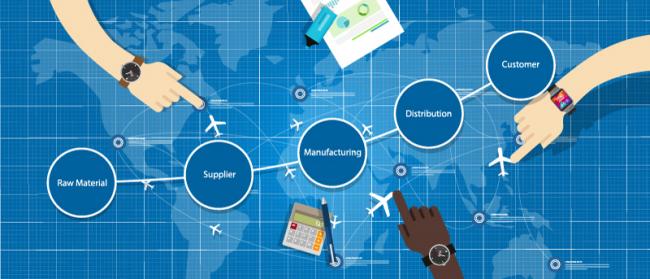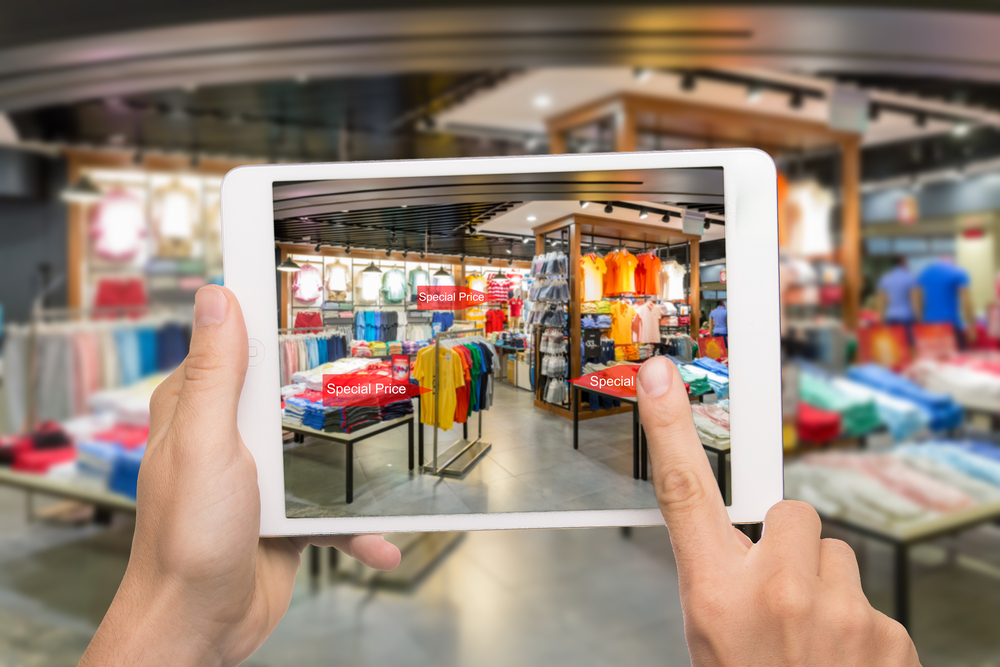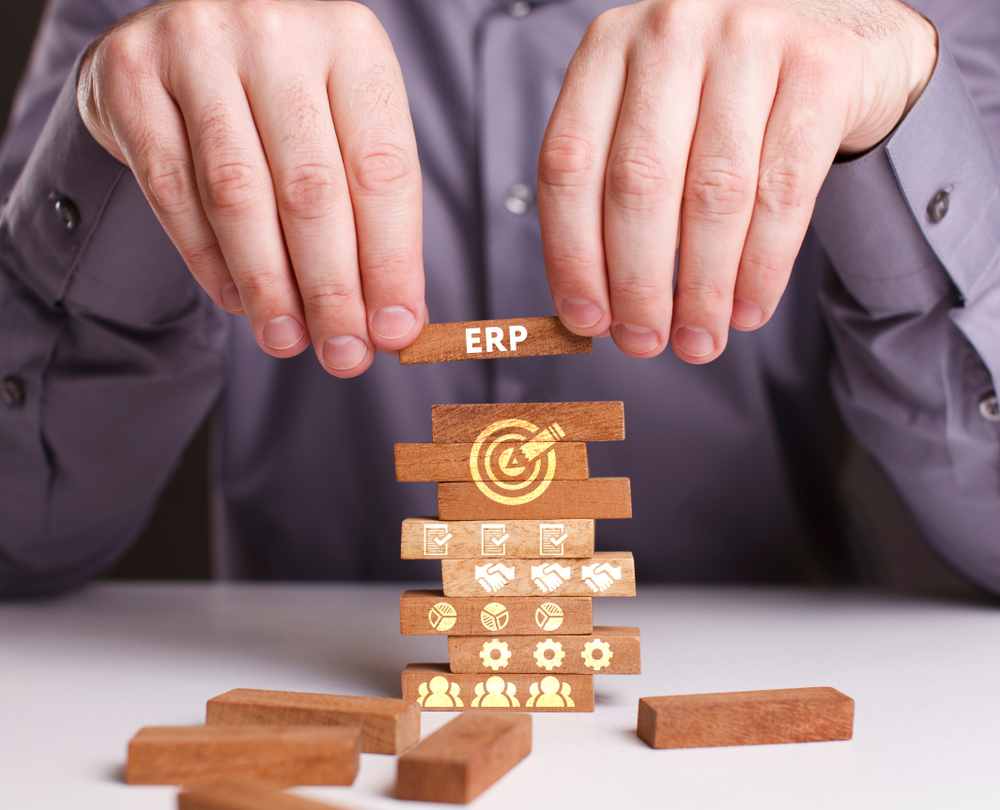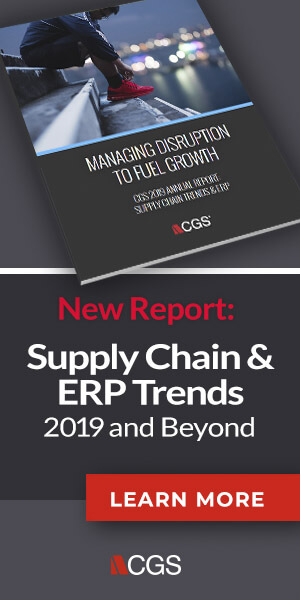Topics
May 03, 2018
Three Ways to Boost Supply Chain Agility with PLM and ERP

We live in an on-demand culture. Consumers want fashion apparel and footwear products on their doorsteps in the blink of an eye. They want it to be on trend, good quality and all at the best price. Staying on the cutting edge in the fashion industry is a tough mountain to climb in the era of “I want it yesterday.” How can fashion brands and retailers stay on top of the constant customer demand for perfection in all these categories?
The answer lies in unlocking greater efficiency in your supply chain. Companies need an agile supply chain that will streamline the product development process, lower costs and decrease go-to-market time. For many companies, it starts with integrating Product Lifecycle Management (PLM) with other key systems in the supply chain, such as Enterprise Resource Planning (ERP). Outdated technology and systems that are disconnected and depend on manual processes limit a brand’s ability to react to the latest trends. Let’s look at three major ways an integrated PLM and ERP solution work together to boost supply chain agility.
1. Collaboration and Data Integrity
PLM and ERP integrations create a high level of efficiency and can extend product life cycles to the post-delivery phase. One of the big benefits of an integrated PLM and ERP is that it collects data across the supply chain in one platform, providing a single version of the truth. Multiple departments can share real-time data which increases collaboration, operational efficiency and planning.
An integrated solution allows merchandising, finance and operations teams to view the product development phase at an early stage. Managers can ensure each line has the right number of styles, and that they will sell at the given price point. They can also make sure sampling is completed within the allotted budget. Proactive calendars can notify managers when interim deadlines are missed and when final delivery dates may not be achieved.
“You can build models much earlier in the game and get the planning process into the system much earlier,” explains David Ryan, managing partner of the consulting firm Concepts in Technology.
PLM and ERP can work together to help leaders make smarter, more efficient, cost-effective decisions. Instead of re-entering information to transfer data from the PLM to ERP, everything is collected in one place and neatly wrapped up for easy use. Companies without an integrated solution need an additional step to ensure their data is accurate. Errors are a common problem, not just related to the human factor in manual processes, but for technical challenges as well. For example, the BOM (Bill of Materials) in the PLM might not be compatible with the ERP, and the product hierarchy can also be different in the two systems. If you need to reduce the number of product attributes due to system limitations, this might have an impact on your reporting and your ability to pull accurate information out of the system. All of this has a negative impact on speed and go-to-market time. By selecting an integrated solution, like BlueCherry PLM and BlueCherry ERP, companies save time by not having to worry about integrating two separate systems together.
2. Hindsight is 20/20
One of the major benefits of PLM and ERP integrations is that they can help companies work smarter, prevent costly mistakes and plan more effectively for future projects. According to David Ryan:
During their pre-adoption reviews, operations and financial users flip back and forth between the style currently under development (in PLM) and similar styles produced in past seasons (in ERP). Looking at historical costs in ERP may raise red flags and cause them to ask questions about a design that appears headed in the wrong direction. An integrated PLM and ERP system makes this comparison much simpler.
Not only can an integrated PLM and ERP help prevent major errors in the process, but it can also give fashion brands and retailers the ability to review the outcomes in a much more efficient way. PLM and ERP integrations provide the technology necessary to look at the big picture and assess the entire process; from concept to post-production.
3. Think Smart
It’s worth mentioning that you can purchase all the latest technology available on the market, but if you don’t undertake the integration intelligently, there will be no agility. What you’ll get is a sluggish supply chain that seems modern and fancy, but is no better than where you started. A smart mindset is what will make the difference for your go-live event being a success or a major flop.

Having worked with many customers over our 30-year history, CGS has mapped out three main steps to ensure smart integration and planning for ERP and PLM integration.
- First, keep it simple and don’t take on too much at once. When implementing an integrated PLM and ERP, work with your team to identify the must-have features and the nice-to-haves then create a priority list around that. Work in phases and build a project plan that allows time for your team to incorporate changes and to evaluate the remaining needs after those are in place. Your original plan could have included the nice-to-haves at a later date. However, you and your team may learn that those nice-to-haves are no longer necessary. For example, users may ask for the ability to export PLM data to Excel only to discover later that the new system automatically does everything.
- Next, users will have a learning curve, but once up to speed, your team will have more time to plan and analyze since manual tasks will be reduced. How to best use that time will take some time to figure out, so the benefits should be measured and observed over the learning curve.
- Thirdly, before go-live day, make sure your data is clean. Dedicate some time to discarding unnecessary information and de-duping files. You certainly don’t want to carry a mess over into your newly integrated system.
PLM and ERP integrations assist in converting supply chains into well-oiled, automated machines. In this turbo-speed economy, retailers and fashion brands cannot afford to slow down. The automation that PLM and ERP integration brings is what could put you one step ahead of competitors and in sync with your customers. With a few simple steps, some smart planning, and patience with seeing the benefits grow over time, you will be well on your way to keeping up with the industry’s demands.


